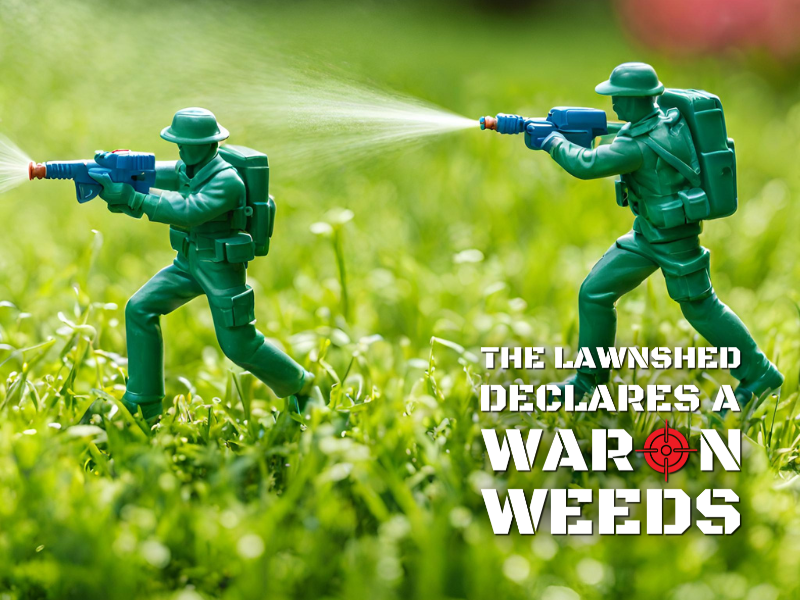Amidst the growing number of lawn care products available, there’s often confusion about the roles of surfactants and wetting agents. Can they be used interchangeably? What exactly do they do? So, let’s unravel the mystery and shed light on these essential components of home lawn maintenance.
Surfactants, also known as surface-active agents, are key players in lawn care, enhancing the efficacy of various treatments by reducing surface tension when added to liquids. This reduction in tension facilitates better interaction between the liquid and your lawn’s surfaces, including grass blades and soil particles.
Non-ionic surfactants like Spreadwet and Wetout are commonly used in home lawn care to improve the spread and adherence of herbicides, fertilisers, and other treatments. By lowering the surface tension of the spray droplets, non-ionic surfactants ensure better coverage and absorption, maximizing the effectiveness of your lawn care regimen.
However, it’s essential to note that not all surfactants are created equal. Anionic surfactants, often found in household detergents, may contain additives that could harm your lawn. Therefore, it’s best to use surfactants specifically formulated for lawn care purposes to avoid any unwanted side effects.
Now, let’s turn our attention to wetting agents like Tricure and Aquaturf. Unlike surfactants, which primarily target interactions between liquids and solid surfaces, wetting agents are designed to improve water movement and retention within the soil. They accomplish this by reducing the surface tension of water, allowing it to penetrate deeply into the soil and hydrate your lawn’s roots more effectively.
In the realm of home lawn care, wetting agents play a crucial role in ensuring uniform moisture distribution and preventing water runoff. This is especially important in areas with compacted or hydrophobic soils, where water tends to pool on the surface rather than infiltrate the root zone. By promoting better water penetration and absorption, wetting agents help your lawn thrive even in challenging conditions.
So, can a surfactant be used as a wetting agent for your home lawn? While both types of products operate by reducing surface tension, their applications differ significantly. Surfactants are tailored for enhancing the effectiveness of treatments applied to your lawn’s surfaces, while wetting agents focus on improving water management within the soil.
In conclusion, understanding the roles of surfactants and wetting agents is essential for maintaining a healthy and vibrant lawn. By choosing the right products and using them correctly, you can optimise the effectiveness of your lawn care routine and enjoy the lush greenery you desire.
As you embark on your journey to a beautiful lawn, remember to seek out high-quality surfactants and wetting agents specifically formulated for home lawn usage. With the right tools and knowledge at your disposal, you’ll be well-equipped to nurture your lawn and watch it flourish throughout the seasons.

